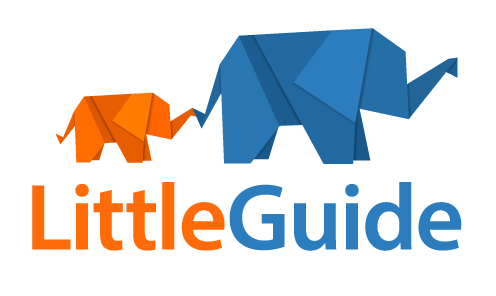At LittleGuide Detroit, we want to make life easier for parents – which often times includes sharing cool new destinations, but also information about the best resources for your family as well – including the best pediatric hospital. The Neurology and Neurosurgery programs at the Children’s Hospital of Michigan are ranked among America’s best and neurologist, Dr. Lalitha Sivaswamy, shares answers to common questions about children’s migraines.
According to the National Headache Foundation, more than 10 million school age children ages 5 to 17 in the United States are prone to headaches. Approximately five percent can be attributed to migraines. If this is something a child your life is struggling with, here are some things to know. You can also learn more by visiting the Children’s Hospital of Michigan’s Neurology page.
What are some of the common treatments for kids who have migraine headaches?
There are two groups of medicines used –“rescue medications” are what you would use when you get a migraine when you are in school or when you need relief right away. There are good rescue medications nowadays including certain inhalants, oral pills and even injectables. It depends on your level of comfort and what works best for you. Examples of these drugs include sumatriptan and rizatriptan. Some other children have very frequent headaches for which using a daily medication may be a better option. Most children use them once a day at night and can still take a rescue medication if needed. It all depends on the severity of your symptoms and what your doctor thinks will work better for you.
Are certain medications more effective than others?
Some children respond to medications like ibuprofen or naprosyn, while others may need a combination to achieve effective relief. Some children vomit quite a bit in which case using an oral medication may not be the best option. Your doctor can suggest nausea medication to use to make sure your regular medication works.
What are some alternative treatments?
Some herbal supplements such as petasites (butterbur) and feverfew have demonstrated benefit. There are studies in children proving their efficacy and so the best option may be a natural supplement. Just because something is not a prescription does not mean it is less “strong”.
What about new treatments?
New treatments including almotriptan and rizatriptan are now FDA approved for use in the pediatric age group. This gives parents the confidence that their child is receiving something that has been scientifically studied in hundreds of children and found to be safe. Botox is also being used in children, though not FDA approved, and many youngsters have had pain relief with this intervention. It is a treatment that can be used once every 3-4 months and can improve the quality of life of children tremendously.
What about prevention tips?
Adequate sleep, down time for rest and relaxation, regular exercise, maintaining a healthy body weight and avoiding overuse of pain medications all play an important role in prevention of headaches.

Photo credit: Pexel
